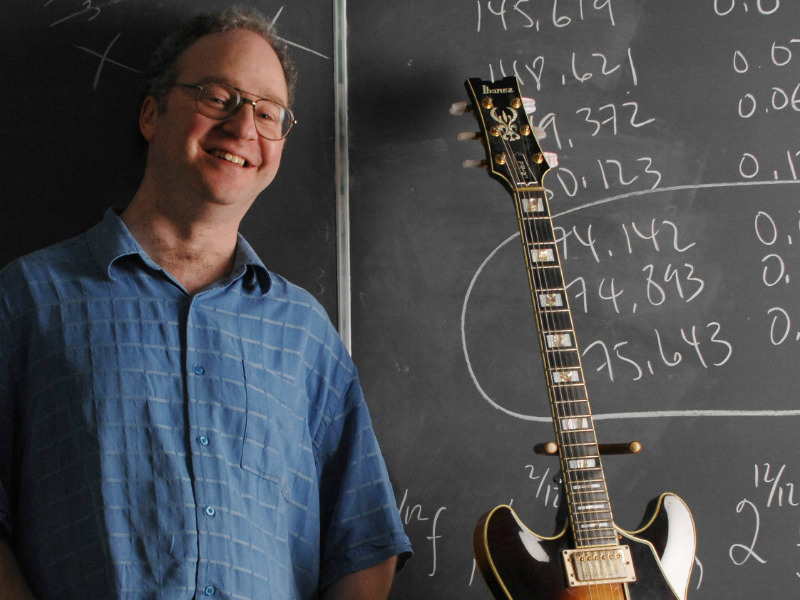Who wrote the Beatles song In My Life? It’s a question that not even John Lennon and Paul McCartney could answer.
The two agreed to officially share the credit for the songs they wrote, but not all of them were truly collaborations. Many were written by either Lennon or McCartney alone and the two frontmen usually agreed on who actually wrote what.
In My Life was an exception. Both Beatles believed they had written the song, with Lennon conceding that McCartney may have helped a bit.
Jason Brown, a professor of mathematics and statistics at Dalhousie University in Halifax, decided to see for himself who was telling the truth. Using a statistical method, Brown determined that there is a 98 per cent chance that Lennon wrote the song, although he stresses that his conclusion is not definite and the method was correct 80 per cent of the time on songs of which the authorship is known.
Brown said that he first thought about the project in 2004, but really began working on it in earnest four years ago, when he met Mark Glickman, a lecturer on statistics at Harvard University, at a conference in Nova Scotia. Brown and Glickman began working on a method to determine who wrote In My Life, with help from Glickman’s student, Ryan Song.
“But the hard part of the work, you know, the concerted part of the work, was in the last six months,” said Brown, who attends Beth Israel Synagogue in Halifax and whose children attended Camp Kadimah as campers and staff.
Until these last six months, Brown had been collecting data and thinking about how to approach the problem.
The data they collected came from all the Beatles songs from the albums between Please Please Me and Revolver. For each song, they collected melody notes, chords, pairs of chords and the contour of four consecutive notes, according to Brown.
“Once we collected this data (for) each song … that we knew that John wrote and we knew that Paul wrote, we could derive statistically differences between the two writers. And then we applied it to some of the songs that were of unknown authorship, or authorship that was in contest,” said Brown.
The team used a bag-of-words approach to determine authorship. Using the data they had gleaned from the songs, they were able to come up with 149 characteristics of Lennon and McCartney songs, which they then used to make probabilistic determinations about who likely wrote them.
“So it’s hard to pinpoint one particular characteristic that says, ‘ah, that’s a John song and not so much a Paul song.’ It’s all the characteristics coming together,” said Brown.
Even so, there were some characteristics that each musician clearly preferred. Brown said that McCartney exclusively used jumps in the melody that are bigger than an octave, as in the songs Eleanor Rigby and Love Me Do.
Brown speculated that this may be due to McCartney’s large range. McCartney also often used a move from the major fourth chord to the minor second, while Lennon frequently went back and forth from the tonic chord to the minor sixth.
Brown said this new method could potentially be used in other cases of disputed authorship for songs, like when Led Zeppelin was accused of copying music for Stairway to Heaven.
READ: SURVIVOR’S FAMILY REUNITED WITH LONG-LOST MEDALLION
Brown was a professional musician before he was a mathematics professor and enjoys the opportunity to combine his two passions. He has previously used math to attempt to solve other Beatles mysteries, including the opening chord of A Hard Day’s Night and the curious edit in Strawberry Fields Forever.
